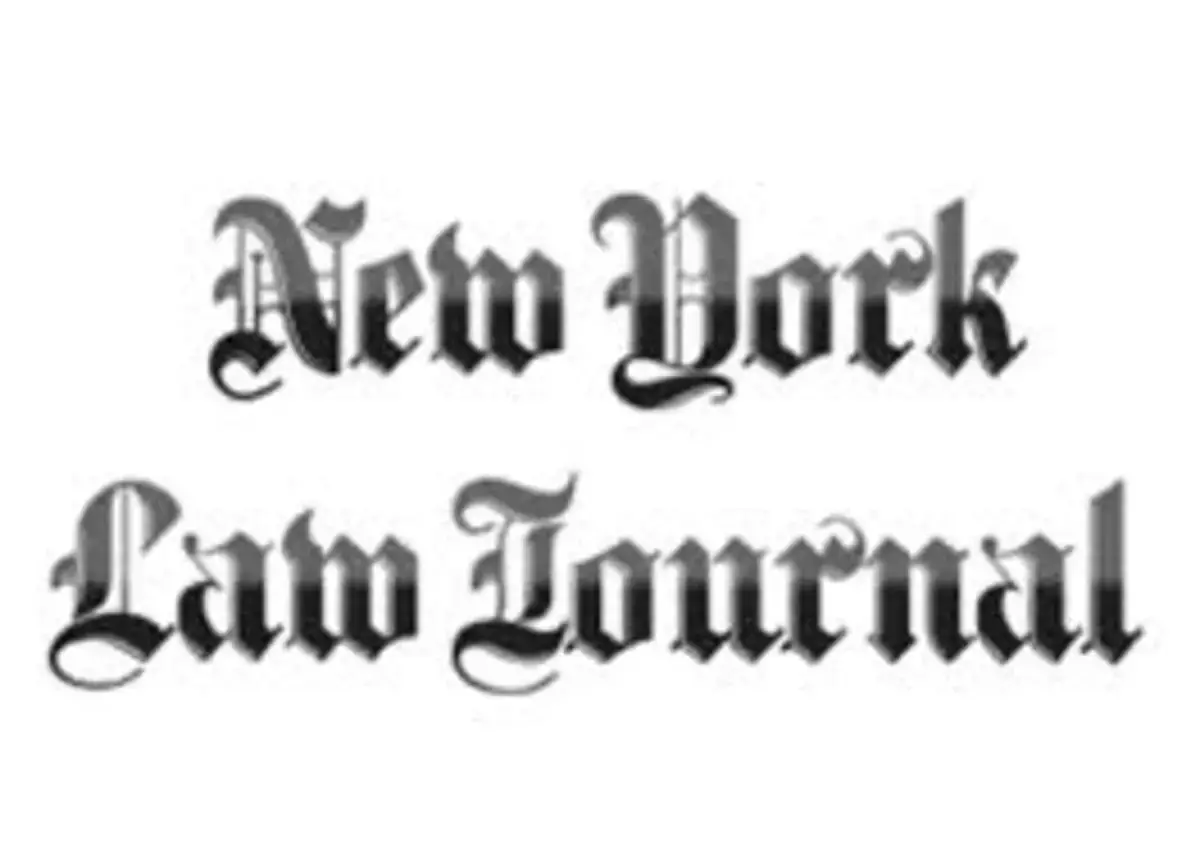Changes are coming to New York’s salary transparency in job advertisements following Governor Hochul’s signing of the Pay Transparency Law in late 2022. Codified at New York Labor Law Section 194-b, and having taken effect on September 17, 2023, the new law requires all job postings in New York to include a salary or salary range for the position.
The new law mostly tracked the preexisting New York City salary transparency law, requiring employers to also include a good faith pay range in all job advertisements. However, prior to its signing, there were amendments to the proposed law regarding remote workers who work in New York State. Additionally, there are a few other areas that employers should be aware of when it comes to this new law concerning actually coming up with the salary range or job description.
With these changes having taken effect recently, below are some of the key areas and points of analysis concerning the new law.
You can contact us 24 hours a day, 7 days a week via phone at 8885294543, by e-mail at info@tullylegal.com or by clicking the button below:
Salary Description Disclosures
New York’s new salary transparency law requires employers to disclose the compensation or range of compensation for any job advertisement, promotion, or transfer opportunity. The State’s Pay Transparency Law borrows its definition from New York City’s Salary Transparency Law, stating that “an ‘advertisement’ is a written description of an available job, promotion, or transfer opportunity that is publicized to a pool of potential applicants, including, but not limited to, postings on internal bulletin boards, internet advertisements, printed flyers distributed at job fairs, and newspaper advertisements.”
This definition makes it clear to employers that transparency obligations extend to both internal and external job listings.
To dive a little deeper into how the range of compensation should be calculated, as specified in NY Reg, Sept. 13, 2023, at 8-10, “the ‘the range’ of compensation solely means the base rate of pay, regardless of the frequency of payment; for example, an annual salary, an hourly wage, or a piece rate.” This means that any good faith estimation should not include things like employer-provided insurance, availability or contributions towards employer-sponsored retirement plans, overtime and severance pay, or other forms of compensation such as tips, bonuses, or stocks.
While employers are not prohibited from mentioning these additional forms of compensation, they should not be factored directly into any range of compensation.
As an example, if a restaurant owner was looking to create a job advertisement for a server position for $15 an hour but would make an estimated $10 in tips per hour, they would not be allowed to state or advertise the compensation range of the position as $25 per hour.
There are also pitfalls that employers could run into if they choose to leave their compensation ranges open-ended. The proposed rule states that these ranges cannot be advertised as “$20 per hour and up” or “a maximum of $50,000 per year.” The range of compensation should include the minimum and maximum annual salary or hourly rate for employment opportunities that the employer thinks are fair or are in good faith.
While there are many ways to demonstrate that good faith actions were taken, one recommendation is to maintain some form of historical record of compensation for job advertisements. While not required, it may be helpful to maintain such records in the event employers need to defend their compensation practices. Additional good faith actions could include developing a range of compensation for opportunities based on qualifications, reflected by the candidate or current employee’s education or skill level.
Some illustrative examples of actions that lack good faith could include misrepresenting the rate at which the employer is willing to pay at the time of posting the advertisement or making the range so broad that, without any further information, prospective candidates could not glean a legitimate range of compensation that the employer is willing to pay successful applicants.
These disclosures will hopefully empower workers with critical information about their roles and help reduce discriminatory hiring and wage-setting practices, propelling New York to be one of the best places to work.
But what about those who work remotely in New York?
Applicability and Out-of-State Remote Work
One of the biggest questions that remains surrounding this new law is its applicability for remote job postings and positions for individuals who will operate outside of New York but still report to or do business from New York. With remote work continuing to be a hot topic surrounding any workforce legislation, the proposed rulemaking published in the State Register did pose some interpretations as to how this law should apply in practice.
New York Labor Law Section 194-b provides that mandatory disclosure of compensation or range of compensation applies to advertisements of a job, promotion, or transfer opportunity that will be physically performed, at least in part, in the State, but it also includes work physically performed outside of the State where the prospective employee reports to a supervisor, office, or other work side in New York. The proposed rulemaking clarifies that those opportunities that are physically performed outside the State include, but are not limited to, opportunities where a prospective applicant may be working remotely, telecommuting, or working from home. However, incidental or infrequent instances of being physically present in New York for work-related purposes, such as an occasional conference or meeting, or some communication with employees in the State of New York, would not, on their own, be considered as physically performing an opportunity “in part” in the State.
As such, employers must now analyze the reporting structure of out-of-state employment advertisements to ensure compliance with the new statute.
Job Description Requirements
Along with posting a range of compensation, advertisements should also include a job description, should one exist. A job description may not exist in the rare case where the position’s or title’s name clearly expresses the complete scope of the duties required of the position without extra information. For example, an employer may not have a more specific job description available for a dishwasher who will only be washing dishes, yet a business advertising for such a position may still opt to include a job description in the advertisement.
Enforcement, Penalties, and Remaining in Compliance
Pay transparency is expected to continue to be a hot trend when it comes to employment legislation. To help with the transition, the New York State Department of Labor published a pay transparency fact sheet and FAQ document to provide some additional guidance on the new law.
Employers found in violation of the law could face civil penalties of $1,000 for first-time violations, escalating to $2,000 for second-time violations, and $3,000 for third-time violations and any other subsequent violations. There is no private cause of action, but complaints may be filed with the New York State Department of Labor’s Division of Labor Standards.
As such, employers should check their job advertisements for compliance with the new pay range disclosure rules. Employers should also think about cross-jurisdictional compliance difficulties, as numerous states have introduced comparable or additional disclosure obligations.
It may also be wise for employers to update their employee handbooks and train supervisors, managers, and human resource officers on how to appropriately communicate with applicants and employees to remain in compliance with these pay range rules.
Lastly, the proposed regulations to accompany this law are currently available for public comment and will be accepted until November 13, 2023, so employers should continue to monitor for additional rulemaking and guidance throughout and at the end of this period.
Allen A. Shoikhetbrod is the Managing Partner of Tully Rinckey PLLC’s Albany office and is also the Practice Chair of the New York State Labor and Employment Practice, as well as a Team Leader for the Federal Employment Practice. Allen has extensive experience in federal, state, and private employment law matters, including claims of discrimination, harassment, retaliation, qui tam and whistleblower actions, and disciplinary matters. He can be reached at info@tullylegal.com or at (888)887-7016.








